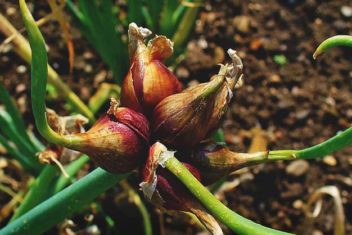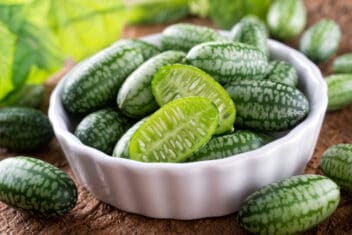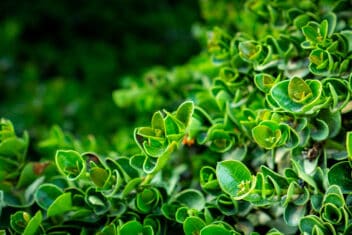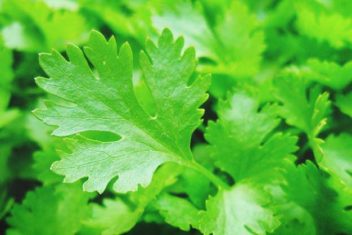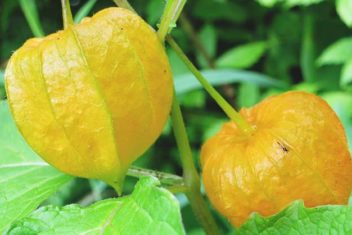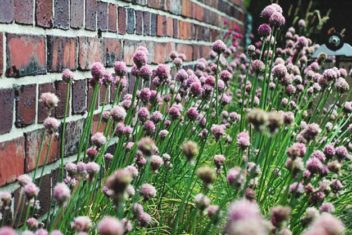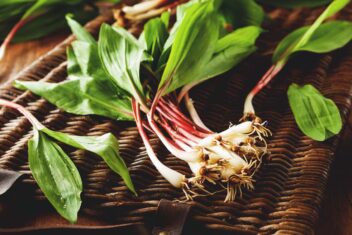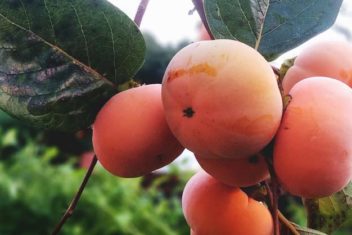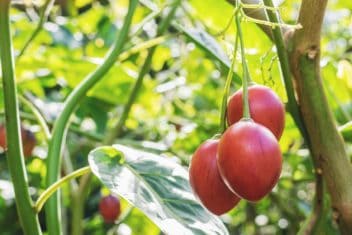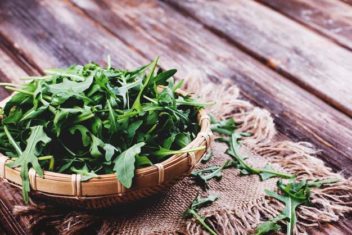When people think of licorice, they usually imagine the black, chewy candy you can buy in the store. I was the same until I started growing licorice, and now the plant plays such a huge part in our medicinal garden that I can’t imagine being without it.
The root of the licorice plant is incredibly healthy, and the plant is easy to grow, which makes it a nice addition for any veggie patch. Licorice has many uses in the medicine cabinet, thanks to its anti-inflammatory properties. It also has a lovely aniseed taste, and I especially enjoy it as a tea.
Licorice is a legume that grows about 5 feet tall. It’s called mulethi in some parts of Asia and has been valued across the world for its medicinal and culinary uses for centuries. While it’s a fairly easy herb to master in the garden, there are a few tricks you might need to know, so let’s get started.
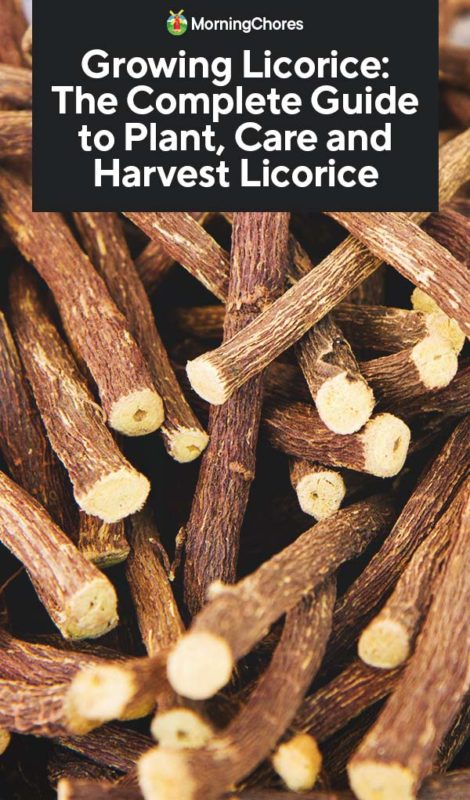
Varieties of Licorice
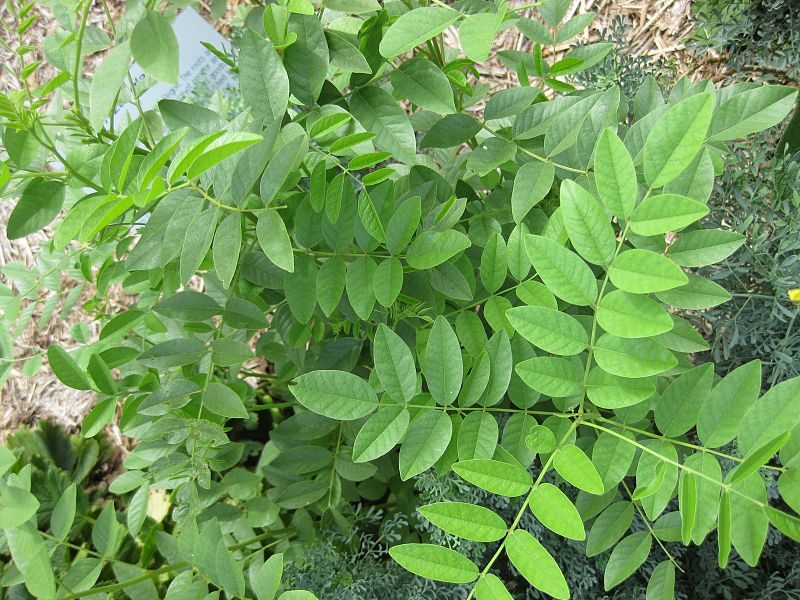
There are quite a few plants at my local garden center with the word ‘licorice’ in the title. Most of them are licorice scented and aren’t the medicinal variety with the usable root. They’re usually inedible.
Look for Glycyrrhiza glabra, which is the European variety that has the familiar flavor. There is a licorice variety that is native to the U.S called Glycyrrhiza lepidota, though it’s much less intense in flavor.
Glycyrrhiza uralensis is also known as Chinese licorice. It has a sweet flavor and multiple medicinal uses.
Planting Licorice
Licorice isn’t a fussy plant, but there are a few things that will ensure a great harvest and continuous plant health. Keeping the plant healthy means you will be able to replant some of the roots without having to buy new seedlings after you harvest.
Zones
Licorice thrives in zones 6-11.
Sun Requirements
Licorice does best in full sun, but it also tolerates partial shade.
Soil Requirements
Licorice likes a pH between 6.1-7.8. The soil should be light, loamy, and well-drained. The root needs to expand through the ground, so it doesn’t do well in clay or compacted soils. It also needs lots of moisture, so add compost to your earth before planting.
When to Plant Licorice
I plant licorice in spring or early summer when temps have reached about 60°F. Licorice likes warmer temps, so plant your licorice after the last frost has passed and the temperatures are beginning to increase.
Sowing Seeds
If you’re planting by seed, you need to stratify them. Soak the seeds in room temperature water for 2 hours. Place in a folded paper towel and moisten before placing in the refrigerator for three to four weeks. Plant seeds 1/4-inch deep.
After planting, you should see germination between 14 and 20 days.
I prefer to plant roots or cuttings because planting seeds takes a bit of work and patience.
Cuttings and Roots
My preferred method is either growing from cuttings or using rootstock to replant. If you are careful when harvesting the roots, you can use some for replanting next time. Just be careful not to damage the main root when harvesting and replanting. Roots for planting need at least one growth bud to be successful.
I’ve found that if I leave any root in the soil, it will grow a new plant. However, lots of small bits of roots makes for lots of small plants. I prefer to intentionally replant a big root from a harvested plant.
Growing Licorice in Pots
You can grow licorice in pots. Just make sure the soil isn’t compact and feed now and then with a container-specific fertilizer. If you live in a hot climate, use a light-colored pot to keep the soil temp down.
Spacing
Licorice is a large plant, growing up to five feet tall, and the roots can spread far further than that, so it requires plenty of space. Plant seedlings between 18 to 36 inches apart.
Caring for Licorice
Water Needs
Licorice requires regular, deep watering – enough to keep the soil moist. In the heat of summer, mulch well to retain moisture. In the winter and cooler months, you can water a little less.
Fertilizer
Dig in fertilizer before the initial planting of the licorice seedlings. After that, apply high nitrogen fertilizer every 4-6 weeks.
Common Problems and Solutions for Growing Licorice
One of the great things about growing licorice is that it’s fairly fuss-free. There are a few things you should watch out for, though.
Environmental Challenges
Licorice prefers temperatures between 60-85°F. If it’s cooler in your area plant licorice in full sun near a light-colored wall that can reflect heat. If it’s hotter, consider planting in partial shade. Licorice tolerates strong winds, but it dislikes salty coastal winds.
Spider Mites

These tiny pests chew through leaves, leaving them pale and speckled. The first sign of infestation you may notice is their thin webbing. Spider mites rapidly increase when conditions are warm and dry and can sap the life out of plants.
Blast them off plants with a strong spray of water and then use neem oil or a sulfur spray to keep them away. Also, ensure all weeds are cleared away from the base of the licorice plant because the mites may be hiding in there.
Powdery Mildew
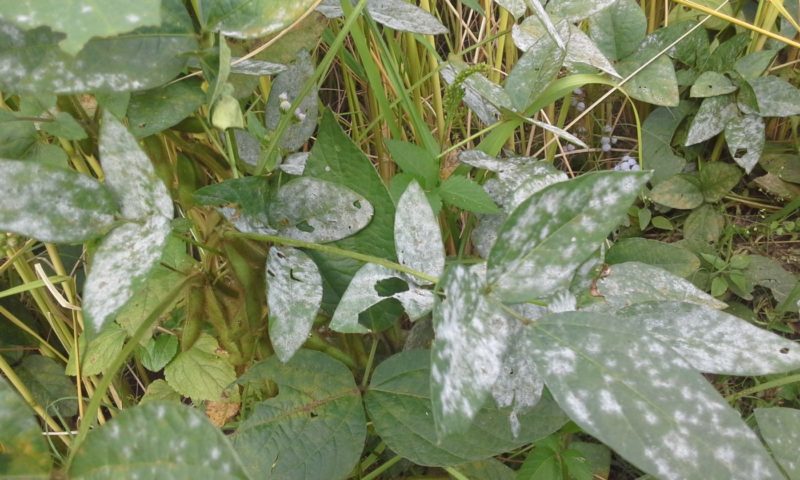
Powdery mildew, as the name suggests, is a dense grey powder that forms on the leaves of the plant. It’s most common in summer and autumn or when it is most humid in your area.
Use neem oil as a preventative by spraying plants every 7-10 days during the mildew season. Destroy any infected parts of the plant by throwing in the garbage or burning.
Slugs and Snails
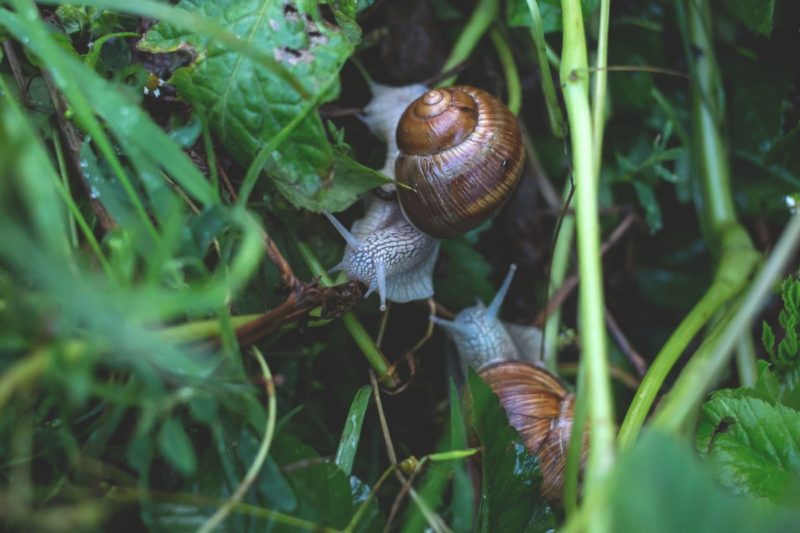
If you’re not proactive with snails and slugs, they will sneak in, multiply and eat everything. Use your favorite snail management to keep them under control. I use pet-friendly snail pellets with a bittering agent in them in case any pets or children decide to taste one.
Rust
Rust is a fungal disease that is not usually fatal, but it can weaken plants and spread through your garden. It likes moist foliage in humid conditions, so ensure you water the base of the plant.
Prune and dispose of any infected foliage. Use neem oil or a sulfur spray as a preventative.
Companion Plants for Licorice
The best companions for licorice are:
- Marigolds
- Marjoram
- Rosemary
- Lettuce
- Zinnia
Don’t plant licorice with:
- Onion
- Leek
- Garlic
- Broccoli
- Cabbage
- Cauliflower
How to Harvest and use Licorice
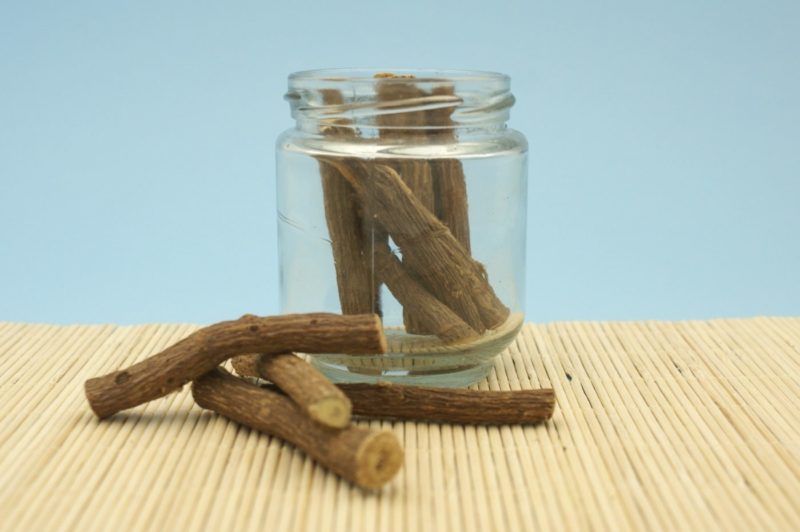
Growing licorice is a long term activity. Some people say wait two years for the plant to develop roots big enough to use, others say four years. For a small family garden, two years is sufficient. Don’t wait longer than four years or the roots become woody and unusable.
When the tops have dried in the fall cut them off and discard in your compost heap if you have had no pest issues.
When you’re ready to harvest, dig out the roots, and save the biggest one or two to put back in the garden. Once you’ve planted licorice, it can often be hard to clear the area of it again.
For storage, cut the roots into smaller chips and let them air dry in a warm, dry area. Depending on the chip size and the humidity, it can take weeks or months, but be patient, it’s worth it!
If you don’t want to air dry your licorice, add water to the fresh roots and boil them down until you get a black syrup. You can use this to flavor Asian dishes, pour on ice cream or anything else you think would benefit from a sweet licorice syrup. It makes a nice tea too. Some people just chew on the dry chips for a sweet treat.
Licorice has been proven to help with eczema, heartburn, and cough. It may also be effective for cankers, dental plaque, bleeding, high cholesterol, high potassium, IBS, and hot flashes. If you have high blood pressure or are pregnant, you may want to talk to your doctor before using licorice medicinally.
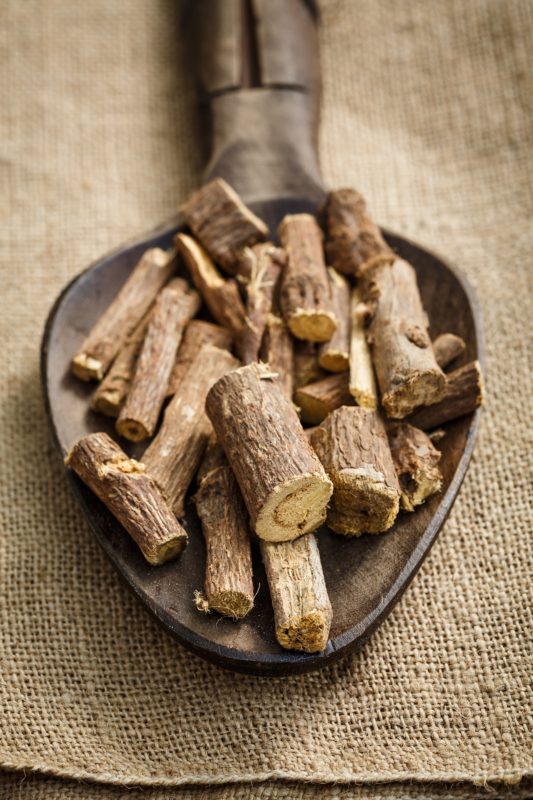
The world is your oyster with licorice bark, so experiment and let us know your tips for using it in any recipes or health products for the family.


